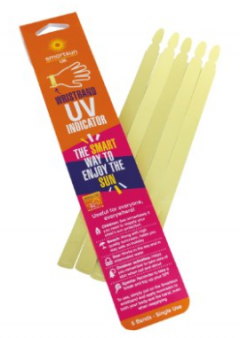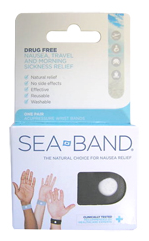Handy hygiene guide (literally)
Hygiene experts want you to sing ‘Happy Birthday’ every time you wash your hands – actually twice, and slowly, to accrue the recommended 30 seconds. That tip was meant to teach children how long you should take to do a thorough cleanse, but it serves for all of us. Scrubbing your germ-ridden paws properly – not forgetting fingers, nails and wrists – with soap and hot water after every visit to the loo, and always before handling food, is a key strategy for preventing diarrhoeal disease, according to research by Dr. Val Curtis, director of the Hygiene Centre at the London School of Hygiene and Tropical Medicine. Travelling usually means at least one visit to a public loo. While some people worry that lavatory seats could expose them to diseases such as herpes, HIV, gonorrhoea or syphilis, these are actually sexually transmitted infections – and the clue is in the name. But remember to put down the lid before flushing to avoid particles being sprayed around.
There are plenty of risky areas, though. All the surfaces you and everyone else touches with their hands, such as the flush handle, cubicle walls, back of the door, taps, doorknobs, etc, can be contaminated with bacteria such as E.coli, staphylococcus germs, cold and flu viruses and norovirus (which caused one of the nastiest cases of diarrhoea and vomiting I have ever had). From your hands it’s a short journey to your mouth and into your body. So always wash your hands thoroughly before leaving a public washroom, and grab a paper tissue to open the exit door. Experts recommend using a hand sanitiser afterwards, too.
For drying, standard air driers may not be the safest, as any germs left on users’ hands are immediately blown around. Paper towels are more hygienic, unless you are lucky enough to find somewhere with a Sterillo hand dryer (www.sterillo.com), which features UV light-based technology to kill airborne microbes and purify the air. Tests by the UK Health Protection Agency showed that Sterillo’s technology, which is already used in ambulances and care homes, nuked up to 59.11 per cent of all surface contaminants within the first hour.
Anyone who has had their holiday ruined by an upset tummy knows the effort is worthwhile. Back home, just tune up as you suds up: if ‘Happy Birthday’ palls, you might like to know that one verse of ‘God Save the Queen’ also takes 30 seconds.
 Parents struggling to get their children to wear sunscreen might consider investing in Smartsun wristbands, which go from yellow to beige when it is time to reapply, or pink when you should stay out of the sun to avoid burning. £4.99 for five single-use bands, www.smartsunuk.co.uk.
Parents struggling to get their children to wear sunscreen might consider investing in Smartsun wristbands, which go from yellow to beige when it is time to reapply, or pink when you should stay out of the sun to avoid burning. £4.99 for five single-use bands, www.smartsunuk.co.uk.
SIX OF THE BEST CAR-SICKNESS REMEDIES
● If you are prone to being car-sick, sit in the front and look ahead.
● Use a small inflatable travel pillow or headrest to keep your head from moving about.
● Do not read or text.
 ● Wear Sea-Bands – these knitted, elasticated bands have a plastic stud that prevents nausea by pressing on a specific acupressure point. They are suitable for adults, children and pregnant women. £8.74 for two wristbands/www.victoriahealth.com.
● Wear Sea-Bands – these knitted, elasticated bands have a plastic stud that prevents nausea by pressing on a specific acupressure point. They are suitable for adults, children and pregnant women. £8.74 for two wristbands/www.victoriahealth.com.
● Take ginger sweets, biscuits or drinks. Ginger has been used for centuries to prevent motion sickness and one Nasa crew even took it into space.
● Sniffing a cut lime or lemon also helps.
 BOOK OF THE WEEK: The Countryside Book: 101 Ways to Play, Watch Wildlife, Be Creative and Have Adventures in the Country by Tessa Wardley
BOOK OF THE WEEK: The Countryside Book: 101 Ways to Play, Watch Wildlife, Be Creative and Have Adventures in the Country by Tessa Wardley
The father-of-three reviewer loved this book, which explains such conundrums as why dock leaves relieve nettle stings and how the landscape has been shaped by both nature and humans. There are chapters on spotting hares, hawks, glow worms and more, identifying wildflowers, finding shapes in clouds, first forays into astronomy and geology, the joys of cowpats and morris dancing. There is also an excellent section on encouraging younger ones to enjoy walking with the help of games, singing, quizzes, storytelling and observation. All the activities, such as wild camping, navigating by the sun and stars, and high-level walking, are accessible and practical and have been tested by the author with her four children.
• Published by Bloomsbury, price £14.99*
